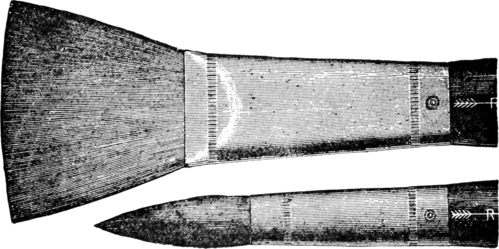Oxide of zinc, or zinc white, is durable in water or oil; it dissolves in hydrochloric acid; it does not blacken in the presence of sulphuretted hydrogen, and it is not injurious to the men who make it, or to the painters who use it; but on the other hand, it does not combine with oil well, and is wanting in body and covering power, and is difficult to work. It is easily acted upon by the carbonic acid in rain water, which dissolves the oxide, and it therefore is unfit for outside work. The acids contained in unseasoned wood also have a great effect upon it. When pure and used for inside work, it retains its color well, and will stand washing
for many years without losing any of its freshness. When dry it becomes very hard, and will take a fine polish. This paint is suitable for any place that is subjected to vapors containing sulphur, or in places where foul air is emanated from decaying animal matter.
The purity of white lead is ascertained by dissolving a sample of it in pure dilute nitric acid, 1 part of acid to two parts of water. On adding dilute sulphuric acid to the solution, after diluting it with water and filtering off the precipitate of lead sulphate thus obtained, no further precipitate should be formed on successively adding ammonia,

